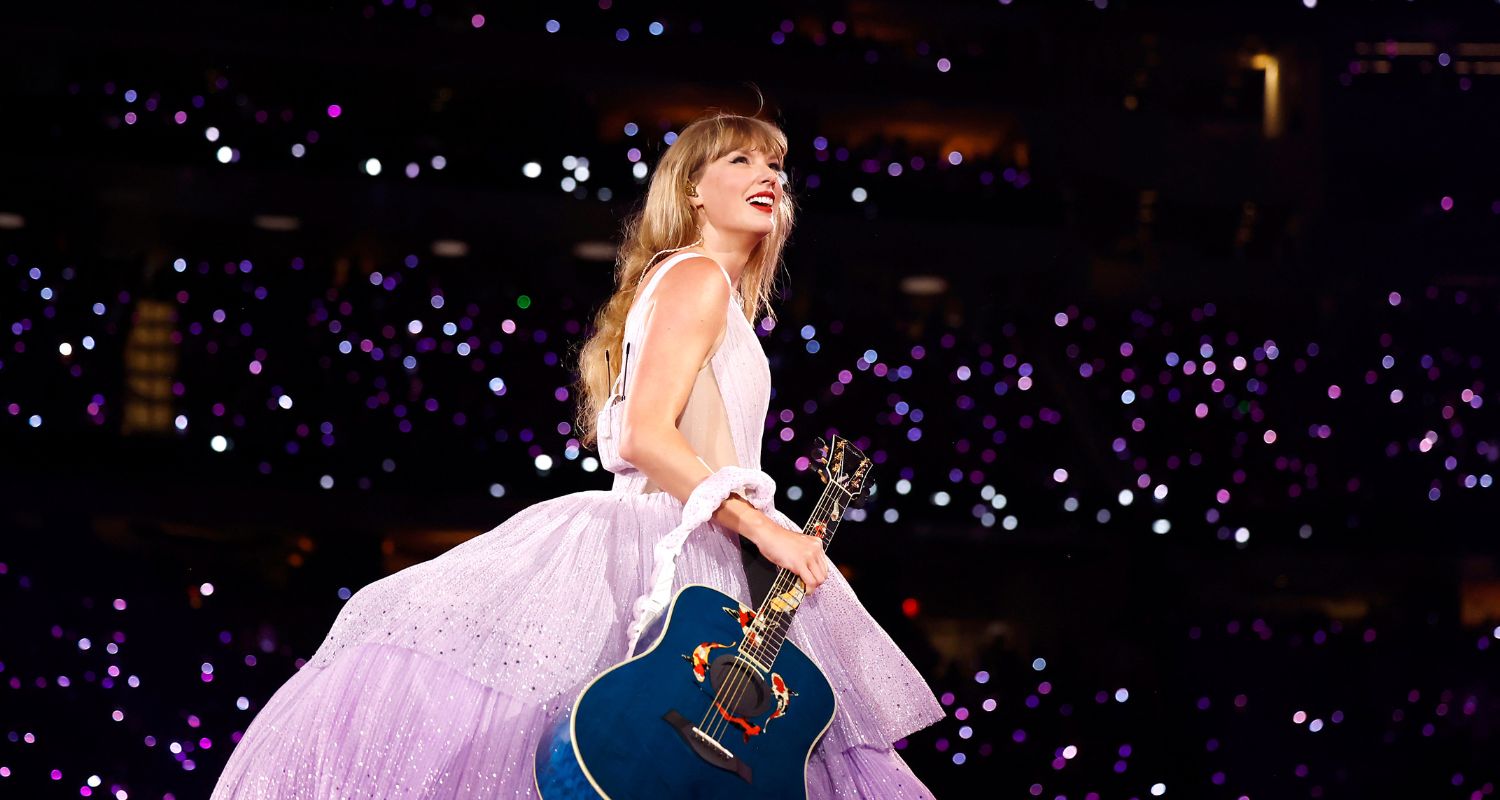One of the biggest conversations in Australia’s upcoming federal election should be about climate policy. As it stands, our planet is on a knife’s edge—the latest IPCC report revealed the near certain likelihood that the planet’s temperature will rise above 1.5 Celsius, the result of which would destroy 70 to 90 per cent of coral reefs. If the planet hits 2 degrees, 99 per cent would be lost.
To slow this down, or better yet, to reverse it entirely, effective climate policy is crucial. Herein lies the problem: Australia, one of the biggest polluters in the world per capita, is doing nearly nothing about it. The international COP26 Summit revealed Australia sits last in international rankings for climate policy. In other words: out of 64 countries, we scored a big fat zero.
But why should we have been surprised? We’re literally watching the effects of global warming unfold before us—at a time where one in 100 year flooding events are happening every year, and a time where bushfires have devastated the livelihoods of thousands of Australian farmers, not to mention killing thousands of animals, the Morrison Government’s approach has been to avoid addressing the conversation altogether. Holiday in Hawaii, anyone?
But it simply can’t be ignored any longer. Scott Morrison and opposition leader Anthony Albanese will no doubt sugar-coat their climate policies on the campaign trail—as well as breaking each other’s down. Here, we take a closer look at each party’s climate policy.
READ MORE OF OUR ELECTION COVERAGE:
- A Breakdown On Where The Labor & Liberal Party Stand On The Cost Of Living & Housing
- Everything Scott Morrison & Anthony Albanese Have Said About Women
- Meet The Independent Women Who Could Change Australia
- Feeling Uninspired About Voting? Political Editor Samantha Maiden Has Some Advice
- Life Before Leading The Opposition: Anthony Albanese’s Rise To The Top
- Everything You Need To Know About Scott Morrison’s Family & Career

Liberal Climate Policy
In October 2021, the Morrison Government released its long awaited plan to reach net zero. It pledged a deadline of zero carbon emotions by 2050 (20 years after the recommended goal of 2030, per the recommendation from COP26), with a 2030 target of a 26 to 28 per cent reduction compared to 2005 levels. The plan includes a $20 billion investment in low emissions technology—with a promise to focus on this, and not increase taxes.
The government also stipulated it would drive down the cost of a range of new technologies which would keep energy prices down with affordable and reliable power.
But as pointed out by The Guardian economy commentator, Greg Jericho, these promises and reliance on technology is nothing but smoke and mirrors when you consider that it was based on a path to emissions 85% below 2005 levels.
“The remainder was left to the hopes and dreams of technology yet to be discovered,” he wrote this week.
Additionally, it appears Morrison is avoiding the topic of climate policies altogether on his campaign trail—not one of his press conferences have referenced it so far. We can gather from this that the Liberal party is sticking to its original plan setting out the net zero by 2050 target.
Even when all is said and done, the Climate Action Tracker sets out that the current climate policies in Australia will continue to see greenhouse gas emissions result in a temperature increase of 3 to 4 degrees Celsius—well beyond the 1.5 degree goal.

Labor Climate Policy
Labor’s key objective in its climate policy is to reduce carbon emissions to 43 per cent below 2005 levels by 2030. This is significantly higher than the Morrison Government’s 26 to 28 per cent commitment.
Per the party’s modelling with the safeguard mechanism, which was injected with $2.55 billion to the Emissions Reduction Fund, it’s estimated there will be 604,000 extra jobs by 2030. Labor has also pledged to build community batteries for household solar power use, as well as creating new jobs within renewable energy production. It also commits to creating a National Electric Vehicle strategy.
In April, Labor’s climate policy was challenged for its “Rewiring the Nation” plan, which stipulates a $20 billion investment to modernise the electricity grid by building renewable energy hubs which could reliably transport electricity around the grid. This plan, based on modelling by consultants RepuTex, would also unlock $58 billion of private investment. In effect, this would supposedly result in a cut to household power bills by $275 annually by 2025, and $378 by 2030.
On Tuesday, April 19, Liberal Energy Minister Angus Taylor criticised the plan by leaking the “secret modelling”, which he claimed would actually result in a household increase of $560 per year due to this investment in the electricity grid, subsequently forcing regulators to approve higher prices.
But The New Daily later confirmed with Labor representatives that this funding would also go into renewable energy generation and distribution projects—not just the electricity grid. Many are now labelling the move from Taylor a scare tactic from the Liberals.
Globally, Labor’s policy is largely aligned with the United States’ target of a 50 to 52 per cent carbon emissions reduction below 2005 levels by 2013, while the European Union has pledged to reduce emissions by at least 55 per cent below 1990 levels.
It seems that the opposition is also committed to being more transparent with its approach to climate change—Chris Bowen, Labor’s Minister for Climate Change and Energy, announced Australia would bid to host COP29 in 2024 alongside our Pacific Island neighbours.
This commitment to come up to speed with the rest of the world is undoubtedly an improvement in comparison to the Liberal policy, but the real test will go well beyond their words. Watch this space.










